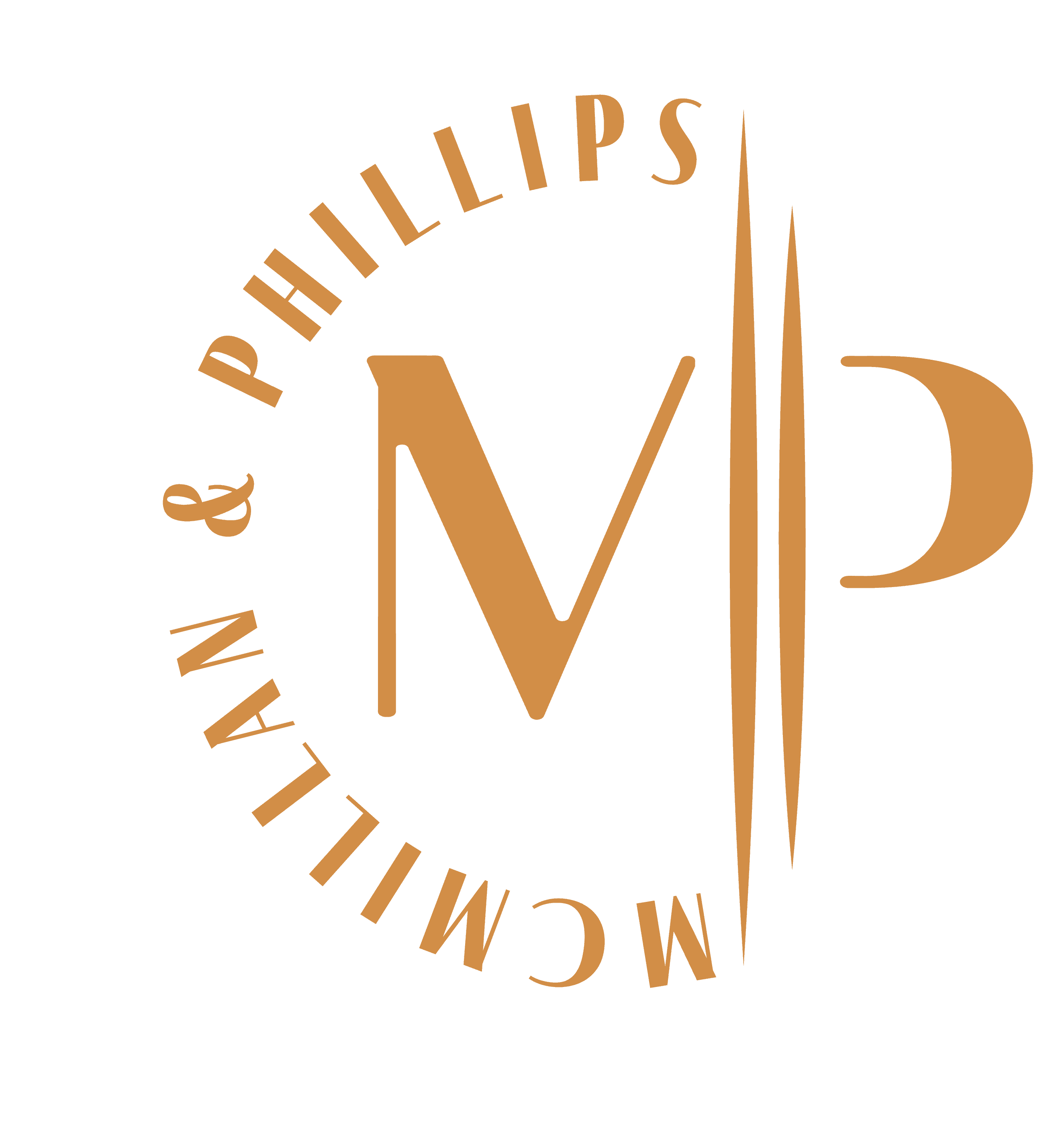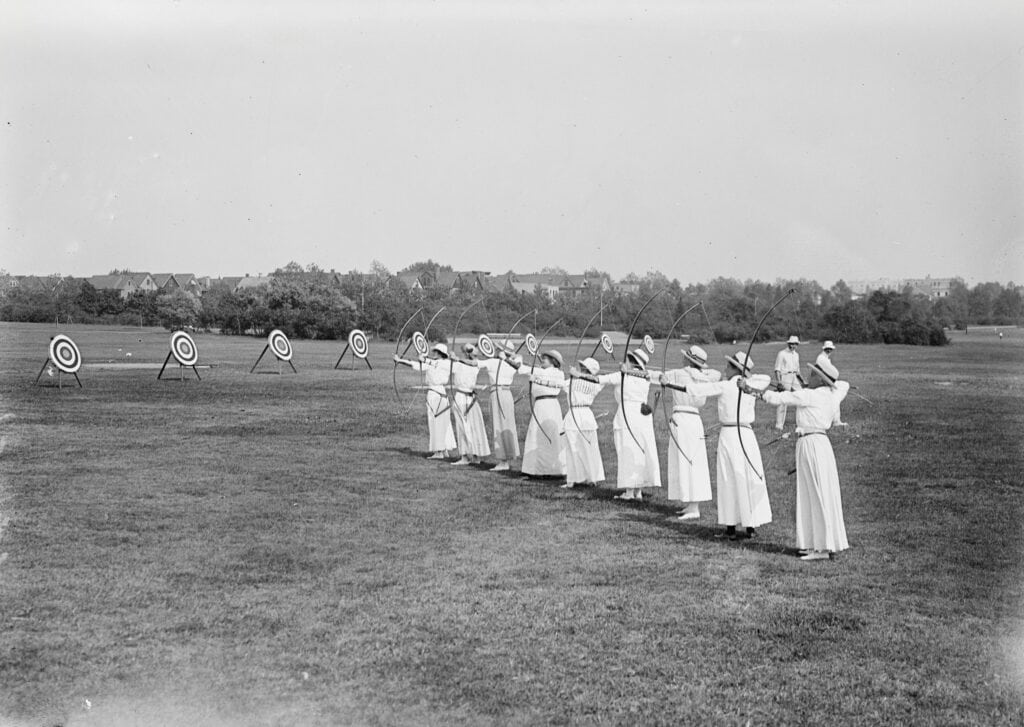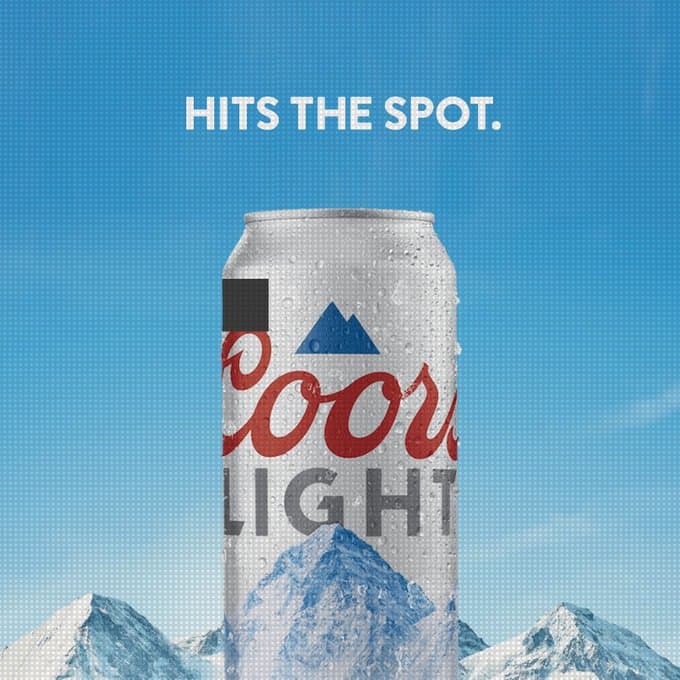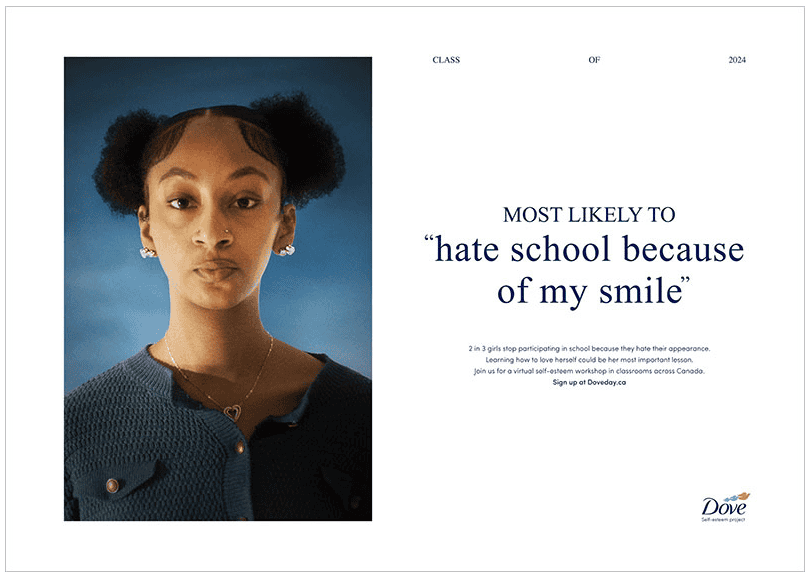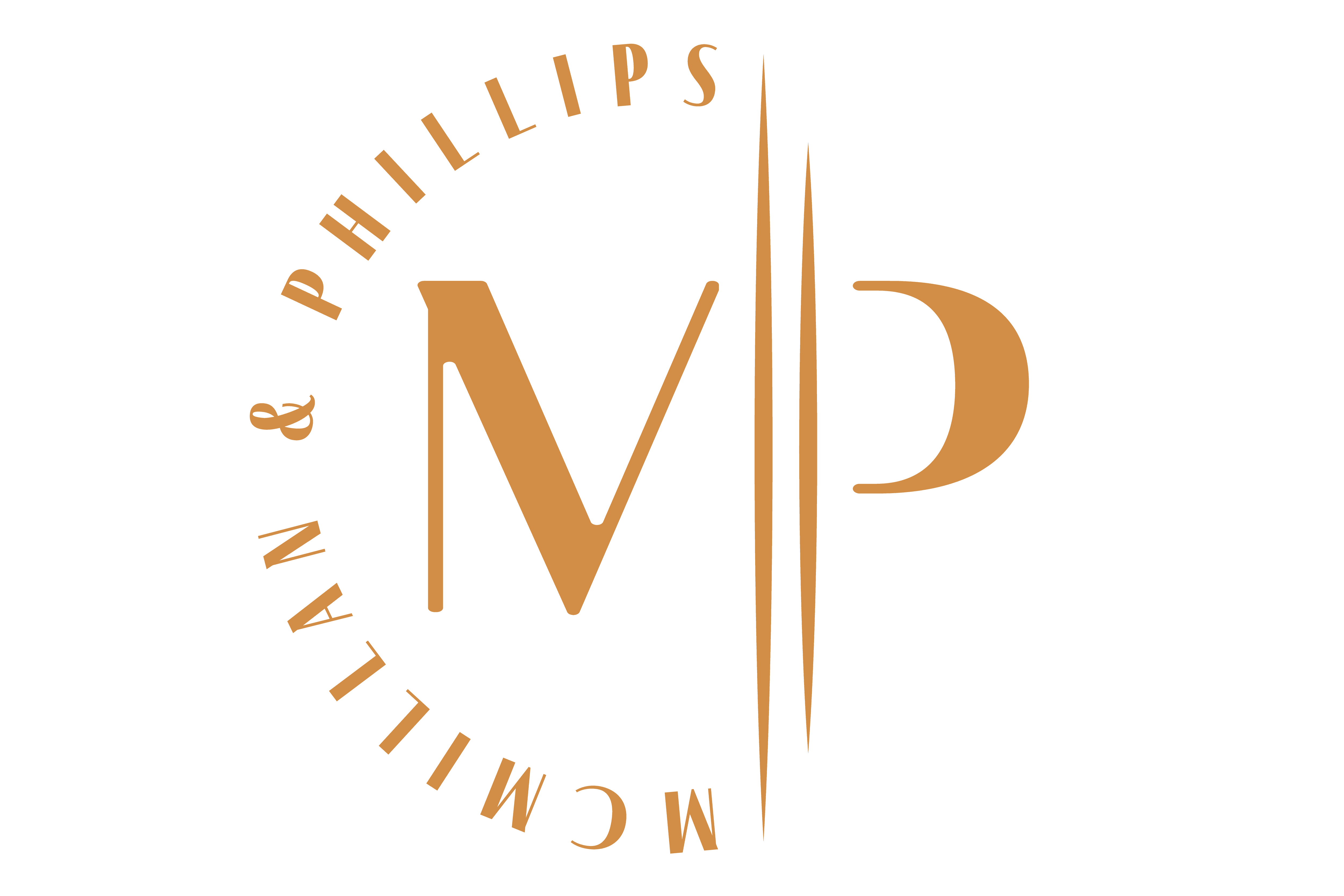We as consumers are bombarded with information and advertising on the reg. And yes, we know that by writing this blog, we’re contributing to that mass amount of information. But our job as a marketing agency is to leverage our expertise and help you as the brand grow. Truth is, brands face a constant struggle cutting through all the noise and capturing the attention of the very people who will put money in their pockets.
That’s why when it comes to educating and advertising, we know that two powerful strategies exist. Content marketing and brand journalism both use content creation to capture attention, but their approach and goals are actually different. Often confused, these distinctions separate those who know and understand strategy. (We’ll let you in on a secret—one of these is the storyteller, the other is the salesperson. Guess you’ll have to keep reading to find out who’s who.)
But first, schedule a call with us to see how we can help with your content marketing and/or brand journalism needs. We love content. We love to create. By our math, that makes us the perfect fit for your content creation and marketing needs.
What Is Brand Journalism?
Brand journalism is like traditional journalism in that it focuses on factual information and research. This could be interviews with experts or citing in-depth reports with stats. What separates this from your morning news is that it does so in an engaging way, capturing your audience’s attention while offering real value. A business focusing on brand journalism wants to be a thought leader in their space, showing people they know what they’re actually talking about. Many brands find benefits like trust building, audience engagement, and qualified lead generation, and use this as a unique way to bypass competition.
Key Differences Between Brand Journalism and Content Marketing

We’ve already told you both of these strategies are effective in a marketers arsenal. But when should you employ them? The difference lies in your goal.
Let’s recap what we just talked about with brand journalism. This builds trust and establishes thought leadership by offering valuable, insightful content that positions the brand as an authority within an industry. It’s investigative, thought-provoking, and story-driven, using expert interviews, studies, and factual research as the basis for your information. Since your focus is on building brand awareness, thought leadership, and audience engagement, you’d likely use metrics like social media shares, time spent on your website, and positive brand sentiment in online mentions.
Now, content marketing has a clear focus on sales and conversions through educating your audience on what your brand offers. The trick is guiding them with a clear call to action. Content is informative, educational, and promotional—like blog posts and case studies—and success is measured by website traffic, conversion rates, and lead generation.
We do content marketing for a number of clients, but one you might find interesting is the Maui Ocean Center. Through blogs and other content efforts, our goal is to increase Maui Ocean Center’s visibility for Maui tourist activities so the center becomes a must-do on anyone’s Maui vacation. We got some pretty great results which you can check out here.
And to go back to our earlier secret, here’s what you’ve been waiting for—brand journalism is your storyteller, where content marketing is your salesperson.
8 Steps to Utilize Brand Journalism
Let’s skip the generic subheader intro and get right into it:
- Define your brand’s story. A strong foundation of core values, mission, and impact allows you to tell stories that connect with your audience.
- Who’s your audience? Understanding your target audience’s interests and pain points is key to crafting brand journalism that resonates.
- What format do you want your content to be in? Brand journalism offers a variety of content formats, like blog posts, podcasts, videos, and ebooks, to keep your audience engaged.
- It’s about quality over quantity. Brand journalism uses storytelling and journalistic techniques to create content that connects with your audience.
- Leverage storytelling. Telling stories about your customers and brand will make your content more engaging and memorable.
- Don’t forget data and expertise. Leverage data, experts, and your team’s knowledge to build trust in your content.
- Make sure people see and find your content. Breathe life into your brand stories by leveraging social media, email marketing, and influencers to amplify your reach.
- Make pivots if you need to. By tracking website analytics, social media engagement, and audience feedback, you can learn what content resonates and tailor your future strategy.
Remember, brand journalism and content marketing are ongoing journeys, not one-time efforts. Schedule a call with us today and let us handle all your content pivoting needs.
